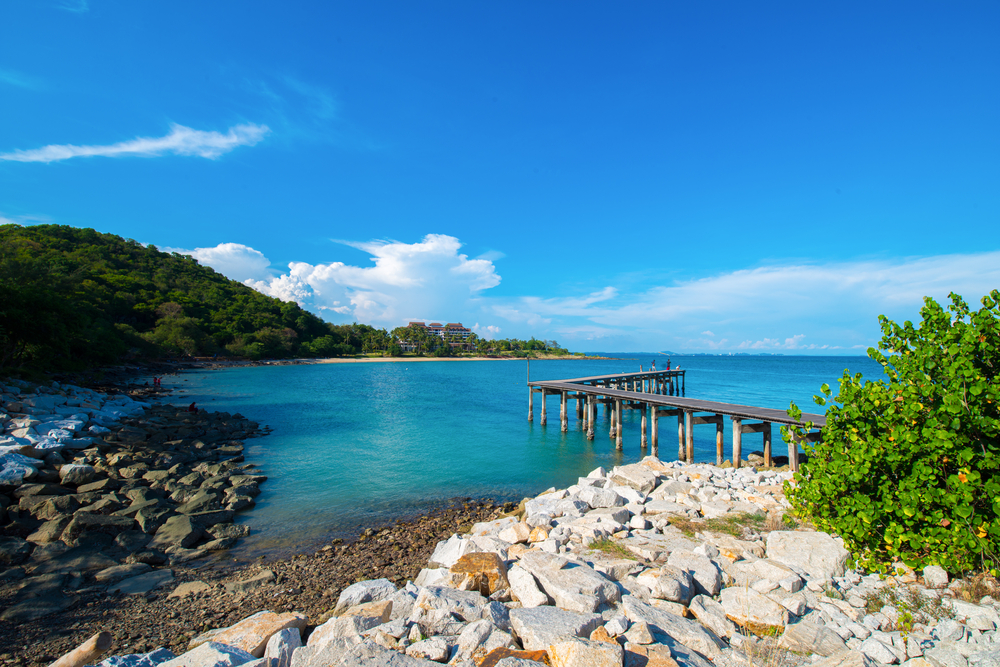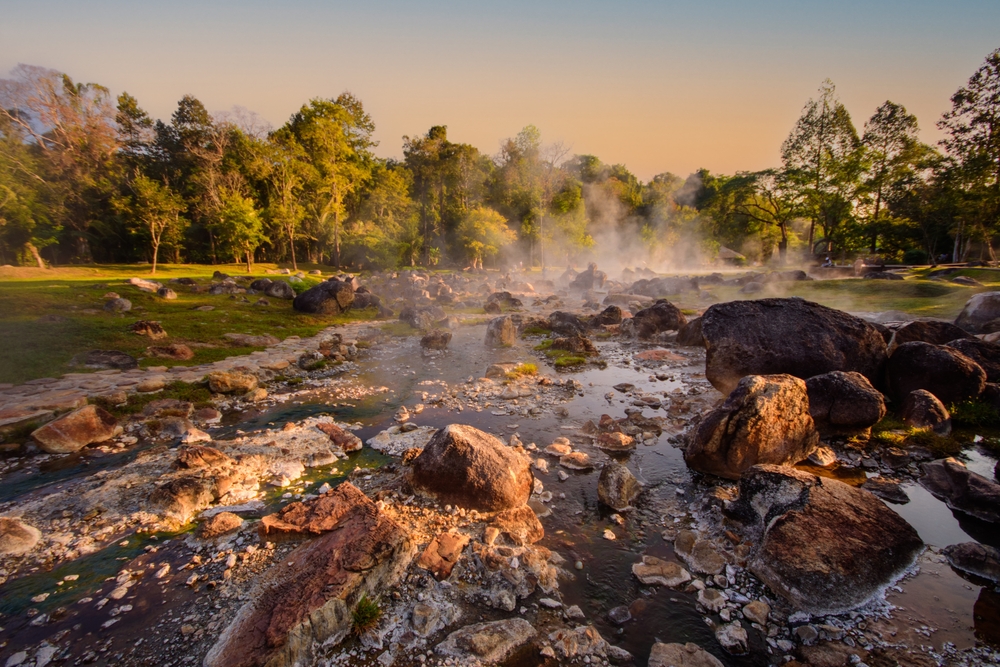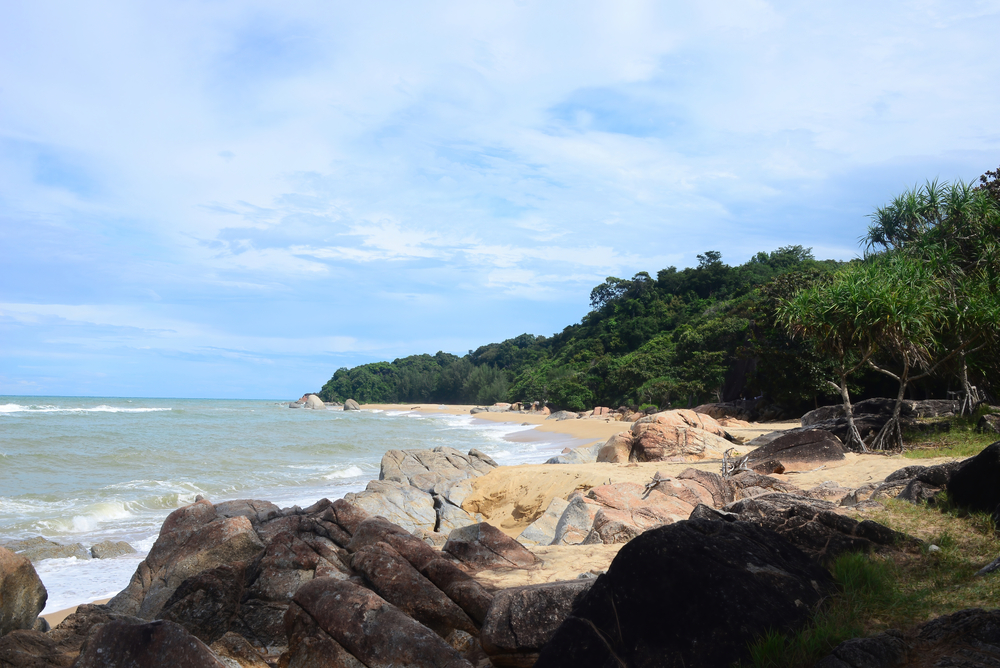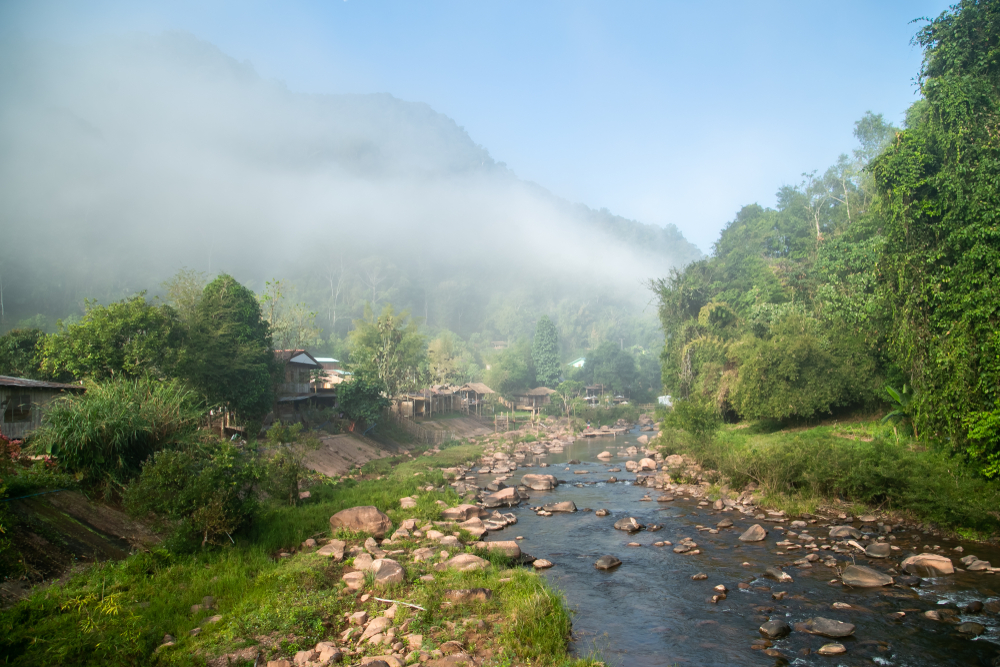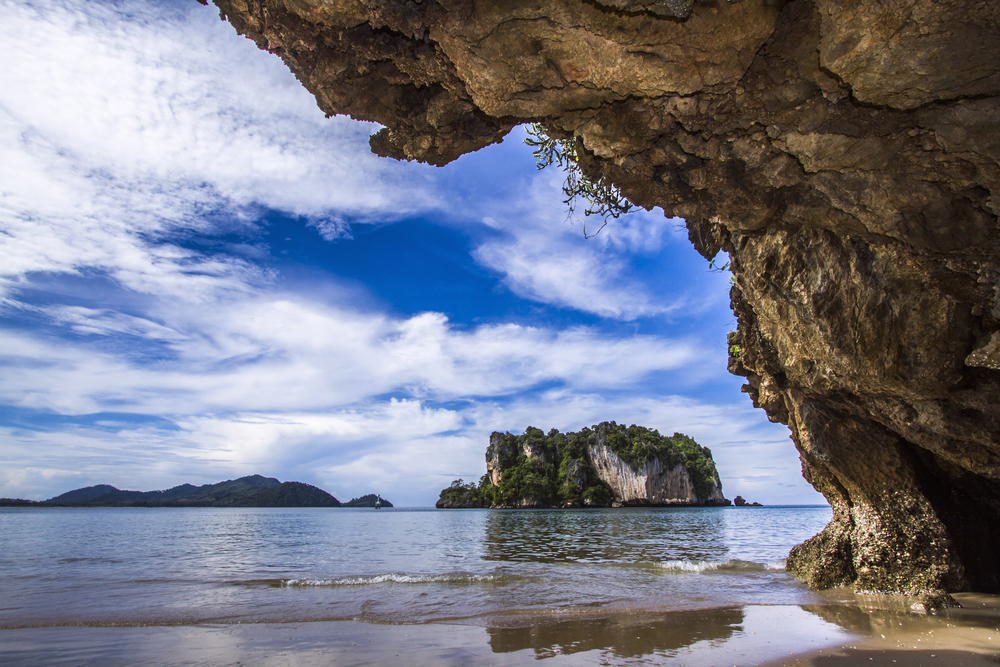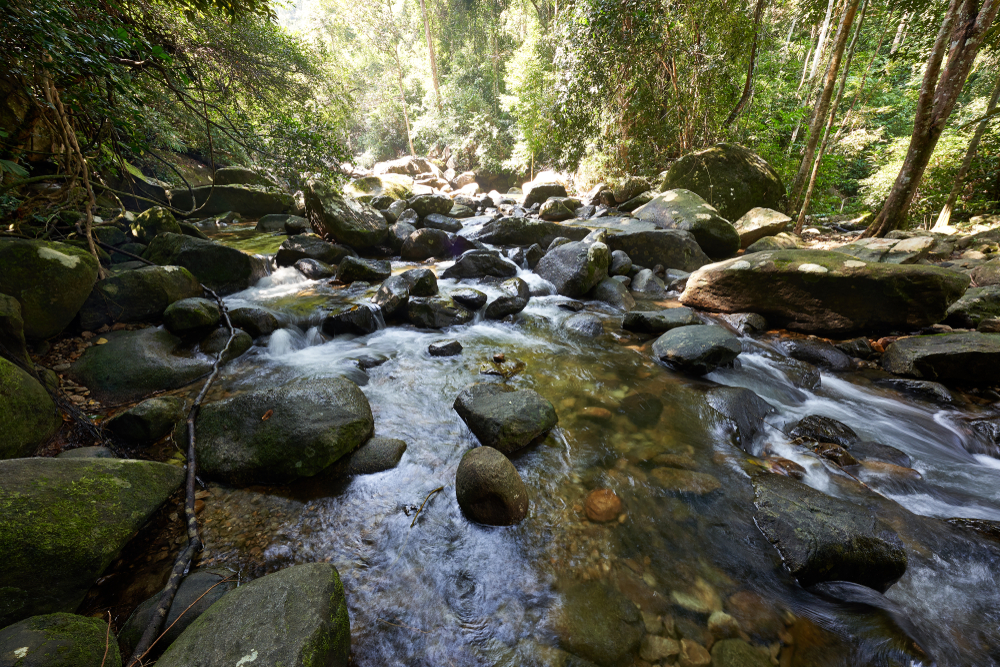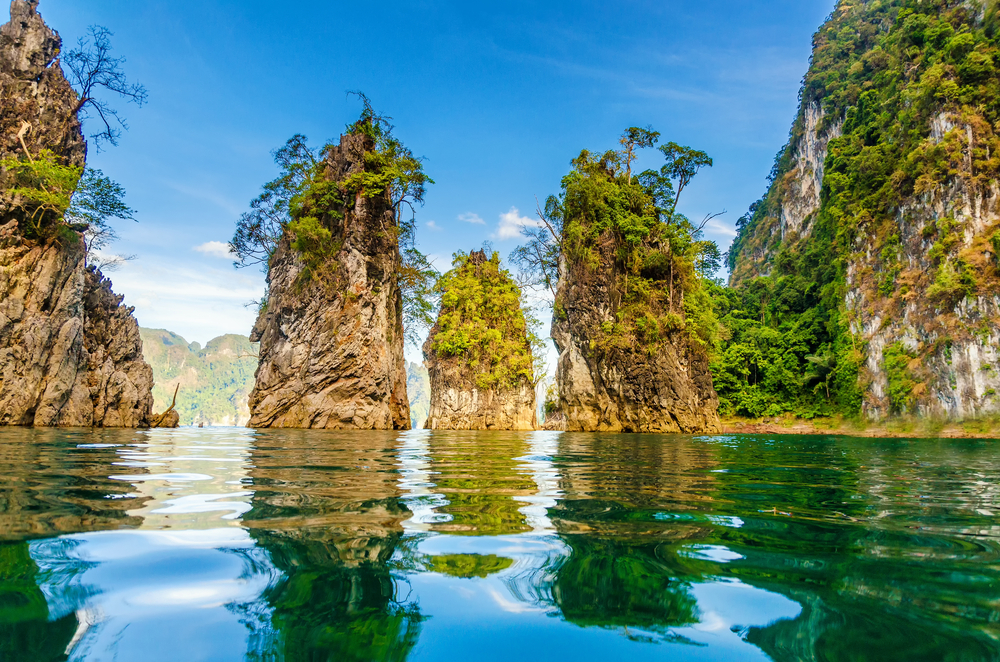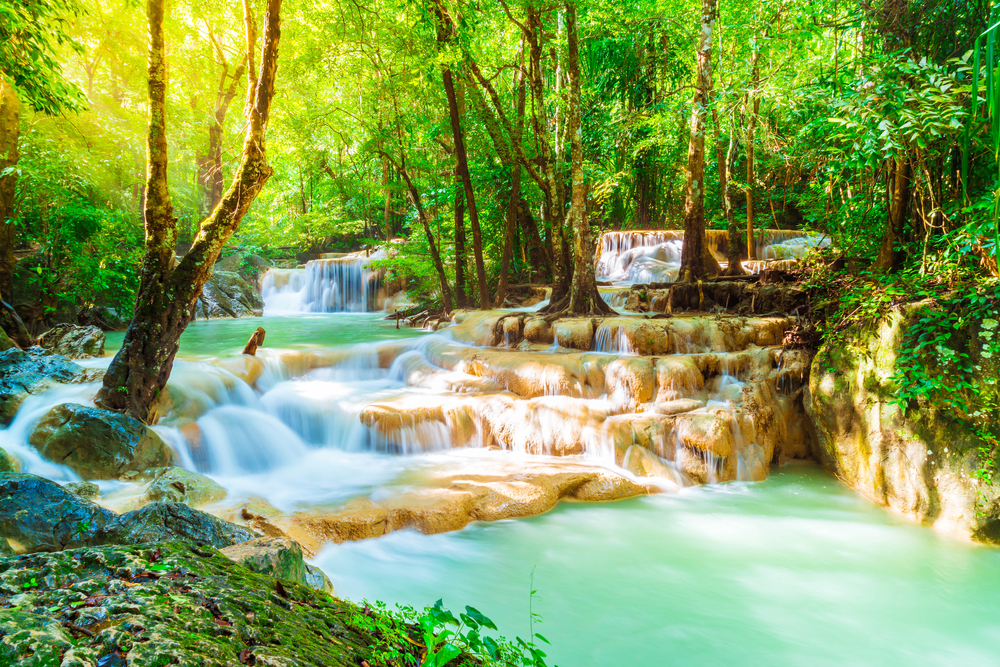Khao Laem Ya-Mu Ko Samet Overview
Khao Laem Ya-Mu Ko Samet National Park, known locally as อุทยานแห่งชาติเขาแหลมหญ้า-หมู่เกาะเสม็ด, is a stunning coastal and island national park located in Rayong Province, Thailand. Covering an area of approximately 51 square miles (131 square kilometers), the park is renowned for its pristine beaches, clear waters, and lush tropical landscapes.
It encompasses both mainland areas, including Khao Laem Ya, and the surrounding islands, with Ko Samet being the centerpiece of its archipelago. The park’s proximity to Bangkok, just 124 miles (200 kilometers) southeast of the capital, makes it a popular destination for both domestic and international visitors.
The park’s terrain varies from rugged coastal cliffs and rolling hills on the mainland to the serene sandy beaches and coral reefs of its islands. Khao Laem Ya is a rocky promontory offering panoramic views of the Gulf of Thailand, while Ko Samet boasts white sand beaches such as Ao Wong Duean and Sai Kaew Beach. The vegetation in the park includes coastal scrub, mangroves, and tropical hardwood trees, providing a lush contrast to the turquoise waters. Offshore, coral reefs teem with marine life, adding another layer of natural beauty.
Wildlife in Khao Laem Ya-Mu Ko Samet National Park is diverse, offering glimpses of fascinating species both on land and underwater. The islands are home to macaques, squirrels, and monitor lizards, while the skies are graced by species like hornbills, kingfishers, and sea eagles.
The waters surrounding the park are equally vibrant, with opportunities to encounter clownfish, parrotfish, and other colorful reef species. Occasionally, larger marine life such as dolphins can also be spotted.
Popular features of the park include the breathtaking sunsets viewed from Khao Laem Ya, the vibrant nightlife and watersports on Ko Samet, and the quieter, more secluded beaches on the less-developed parts of the islands. Visitors often indulge in activities such as snorkeling, diving, and kayaking to explore the underwater world, while hiking trails on the mainland and islands offer a closer look at the park’s flora and fauna. The ferry ride to Ko Samet is an experience in itself, showcasing the beauty of the Gulf of Thailand.
Khao Laem Ya-Mu Ko Samet National Park faces ongoing conservation challenges, including the impact of tourism on its fragile ecosystems. Overcrowding on popular beaches and damage to coral reefs from boats and snorkelers remain significant concerns. However, the park authorities have implemented measures such as entrance fees, visitor education, and controlled development to mitigate these issues. Conservation efforts have also included mangrove restoration projects and coral rehabilitation programs, ensuring the preservation of this natural haven for future generations.








































































